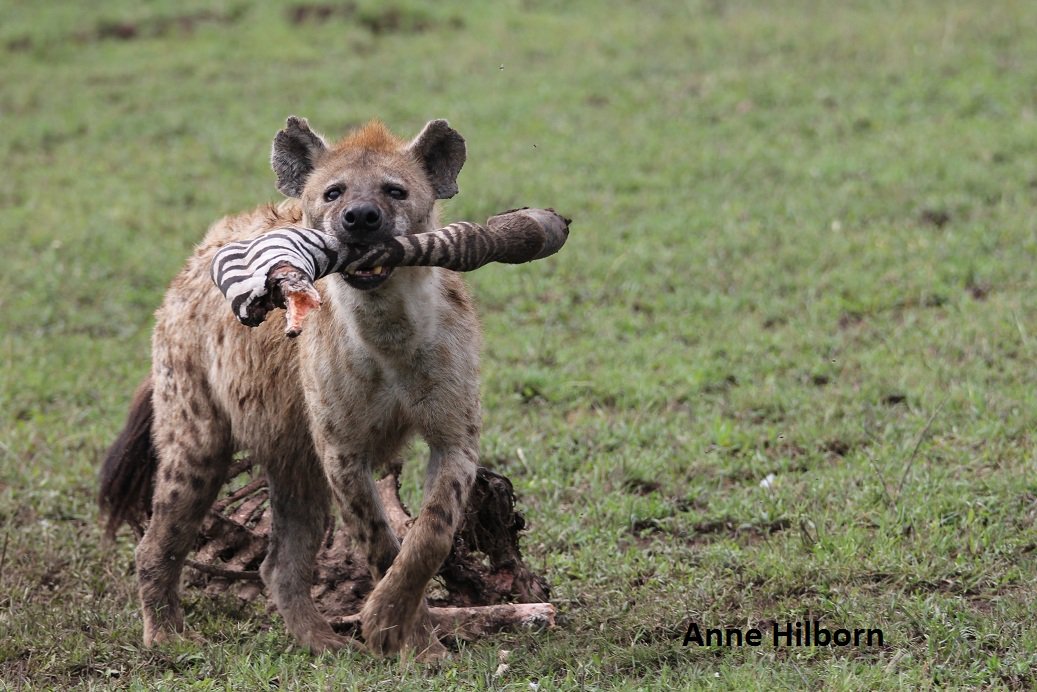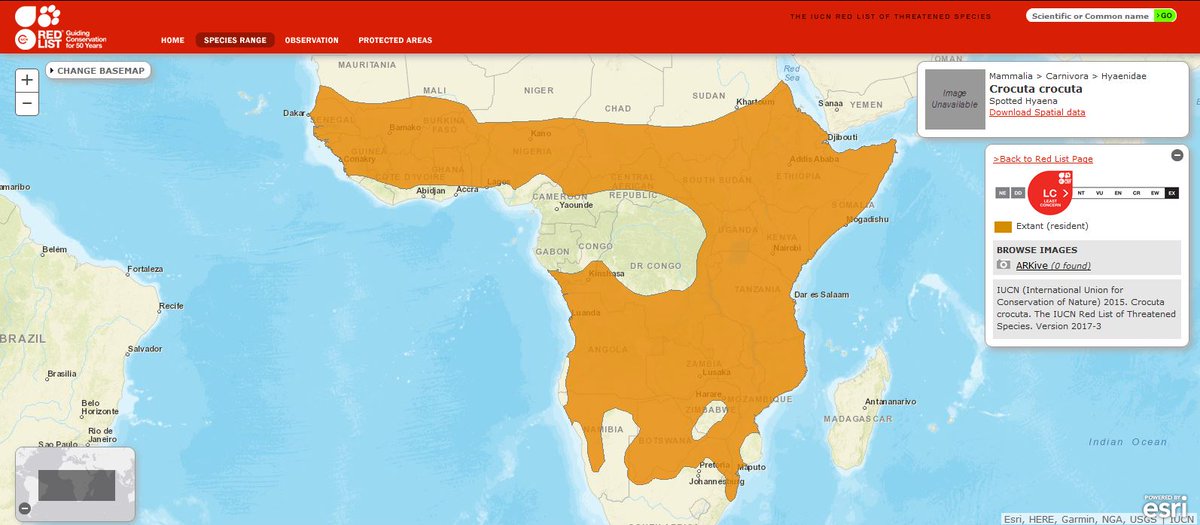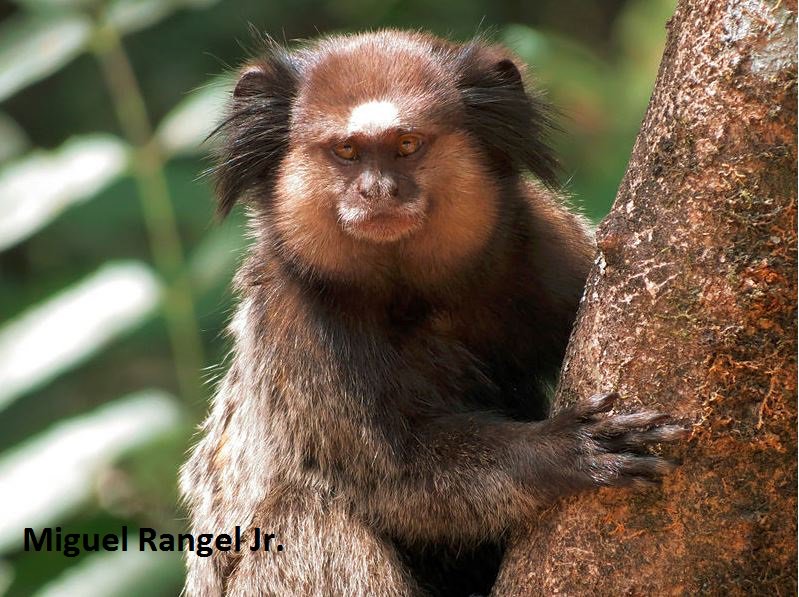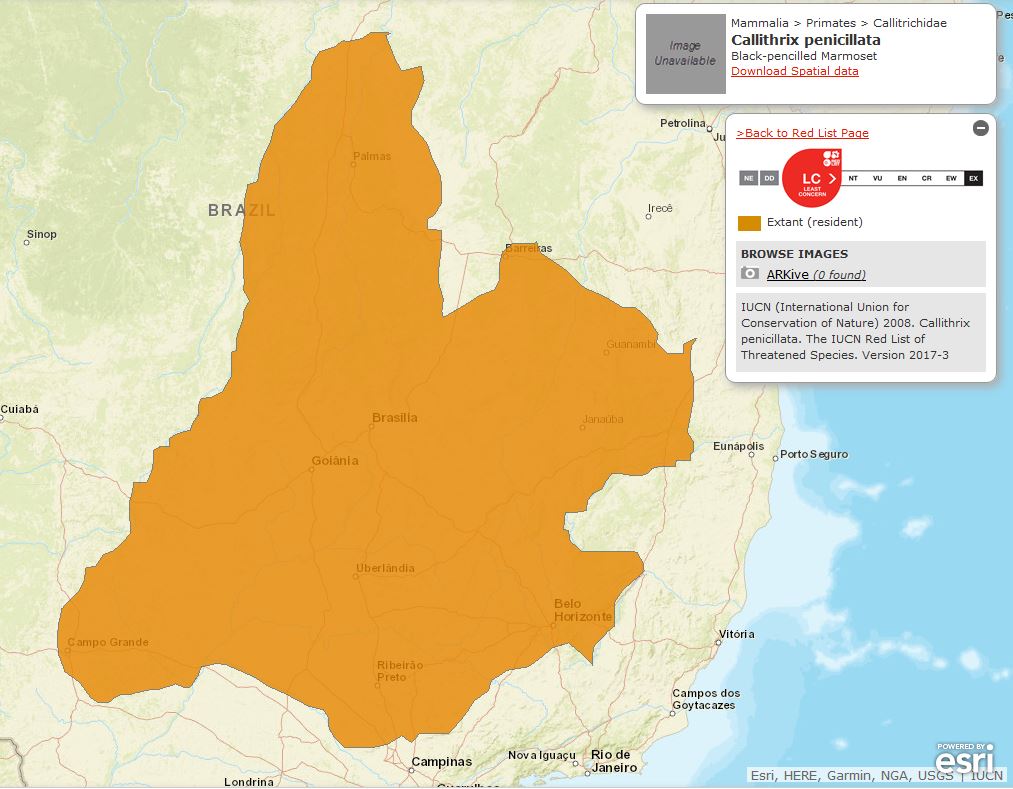NEXT UP: 3rd seeded Dimetrodon limbatus vs 7th seeded Pseudaelurus quadridentatus (aka Puff quaddy or Puffy) #2018MMM 

In R1 (seems so long ago, right?), Dimetrodon & Puff quaddy both took out extinct primates. Dimetrodon (early synapsid around ~300-260 mya in the Permian Period) shredded an exposed, & much smaller, Aegyptopithecus zeuxis (early catarrhine primate) #2018MMM
Puff quaddy (early cat around ~20-8 mya in the Miocene Epoch) made an easy meal of Archaeoindris fontoynontii (Indy, a recent, extinct lemur) #2018MMM
Did you know that both Dimetrodon limbatus & Pseudaelurus quadridentatus are type species? Type species are useful for the naming & placement of animals into groups (taxonomy); they are THE go-to reference & help researchers classify organisms #2018MMM
Remember Dimetrodon is not-yet a mammal (& is not a dinosaur) w/ a diagnostic sail on its back. Recent research hypothesizes the sail did not evolve to facilitate thermoregulation, but it could have evolved as a signal used in sexual selection journals.uchicago.edu/doi/abs/10.108…) #2018MMM
Pseudaelurus is regarded as the ancestor of all modern cats. Although this cat group originated in Europe, it dispersed to North America ~18 mya ending a ~8 million year #CATGAP in felid fossils en.wikipedia.org/wiki/Cat_gap #2018MMM 

Dimetrodon limbatus were large (~150kg & 5.5m), ectothermic, terrestrial predators. The lineage leading to Dimetrodon rapidly evolved large body size during the late Carboniferous (300 mya) #ActualLivingScientist @kirstisaur facetsjournal.com/doi/10.1139/fa… #2018MMM
Puff quaddy, in comparison, were substantially smaller, ~30kg, endotherms. Large, ectothermic Dimetrodon & smaller (yet, decent-sized), endothermic Puff quaddy differ in their temperature regulation & metabolic needs jeb.biologists.org/content/208/9/… #Foreshadowing #2018MMM 

Tonight's battle takes place in Dimetrodon’s home turf, what is now Archer County, Texas. Both Dimetrodon & Puff quaddy were typically active at night (nocturnal; rspb.royalsocietypublishing.org/content/281/17…) & both are on the prowl for food #2018MMM
As our scene opens, Ophiacodon (early synapsid like Dimetron but smaller) is resting on land, eyes closed & breathing slowed, digesting its last meal (I do a similar thing every Thanksgiving) en.wikipedia.org/wiki/Ophiacodon #2018MMM 



Puffy was probably an ambush predator like most modern cats. Although he is comfortable in the trees, he isn’t picky about where he finds his food, & this succulent Ophiacodon seems like just the ticket to fill his belly #2018MMM
As an endotherm, Puff quaddy requires 5-10x the amount of food than an
ectotherm of similar size. Puffy ate extremely well in R1 (Indy
was a large meal), but he needs more food to sustain his high internal
body temperature science.sciencemag.org/content/206/44…
#2018MMM
ectotherm of similar size. Puffy ate extremely well in R1 (Indy
was a large meal), but he needs more food to sustain his high internal
body temperature science.sciencemag.org/content/206/44…
#2018MMM

Using the vegetation as a screen, crouching low & freezing whenever Ophiacodon opens an eye, Puffy creeps closer.
When he is within 10m, he bounds towards Ophiacodon, applies a crunching bite to the back of the neck, his canines piercing the skull
& he has a meal #2018MMM
When he is within 10m, he bounds towards Ophiacodon, applies a crunching bite to the back of the neck, his canines piercing the skull
& he has a meal #2018MMM
He drags the carcass back into the vegetation (modern felid species like cougars & leopards drag their kills to cover before eating), & uses his #carnassials to shear flesh from bone #2018MMM digitalcommons.usu.edu/cgi/viewconten… sciencedirect.com/science/articl…
Nearby, Dimetron heard the kerfuffle & moving as softly as he can, comes to investigate. He sees Puffy crouched over the kill, face buried in the abdominal cavity, crunching on the ribs & not being particularly vigilant #2018MMM
The tradeoff between eating & vigilance is one most animals have to make. Medium bodied cats are not always very vigilant even when predators might be around. My work shows single male cheetahs spend only ~12% of time on a kill being vigilant #ShamelessSelfPromotion #2018MMM 

Dimetrodon doesn't need that much food to sustain itself, but the small primate snack from R1 wasn't enough for provide sufficient energy to its 150kg frame; stealing Ophiacodon would be a nicely sized meal #2018MMM
The crunching of bones covers up Dimetrodon’s approach. Even in shortish vegetation, Puffy would have to sit up to look around him, & he is still crouched down to eat (not being vigilant). Though Dimetron is low-slung, he can see over the vegetation & watch Puffy #2018MMM
When he is close enough, Dimetrodon charges in. Caught with his head down, Puffy makes an awkward backwards leap. But Dimetrodon still has speed from his charge & Puffy only has a split second to evaluate his options #2018MMM
Puffy can’t use his usual attack method of jumping on the back + neck bite because of the vast sail in the way! A strangulation bite might work, but Dimetrodon has a very short powerful neck & even with Puffy's noticeable canines, it would be hard to get a grip #2018MMM
Puffy very quickly decides that fleeing is the best option. He scrambles backwards, then getting his feet under him, turns and speeds away. Once at a safe distance he glances back to see Dimetron ripping hunks of flesh out of Ophiacodon #2018MMM
As Dimetron gulps down the last of Ophiacodon and moves off to find dessert, a ripple of relief runs over Puffy's shaggy pelt and he is grateful that at least this time it wasn't him #2018MMM
DIMETRON SCARES OFF PSEUDAELURUS!! #2018MMM
• • •
Missing some Tweet in this thread? You can try to
force a refresh

















